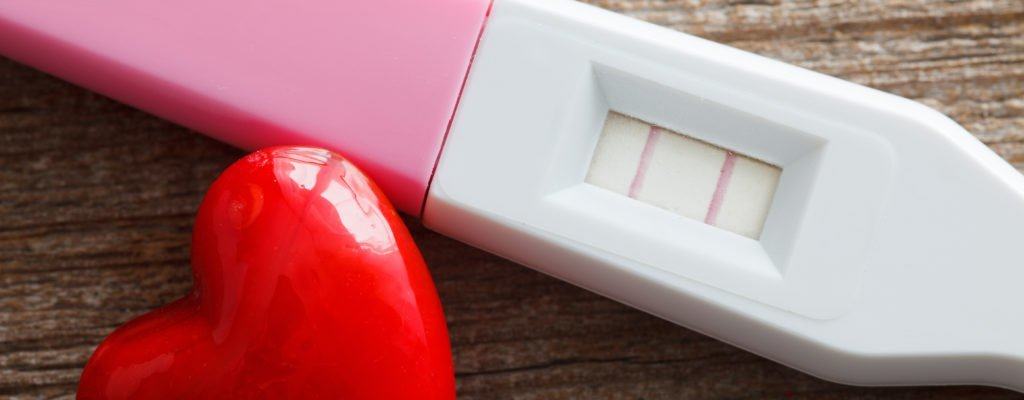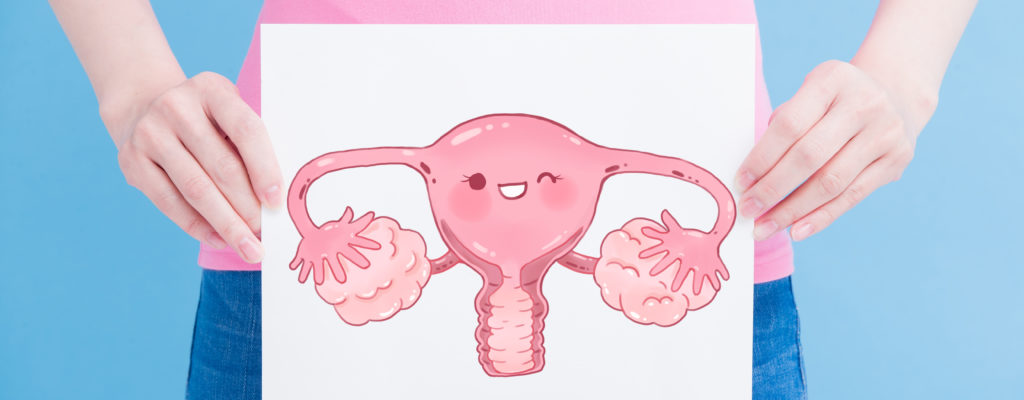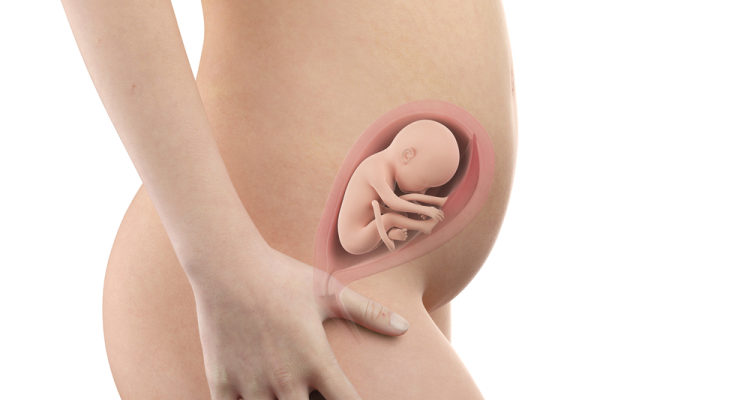Your breasts will grow during the nine months of pregnancy and the first week after birth. You will feel such pain that it becomes extremely difficult to wear a bra. Worse yet, you start to have milk and have to breastfeed, lactation occurs. Stretching makes breastfeeding extremely difficult for two reasons: first you are extremely uncomfortable by dull pain in your breasts, second when your breasts become hard and swollen The breasts will become flat and make it more difficult for the baby to cling to you to feed.
What should I do if my mother is too engorged? Let aFamilyToday Health suggest good tips to help mothers feel more comfortable after birth!
When do you get engorged?
Lactation often occurs in mothers who are pregnant for the first time . Some of the happier mothers (usually those who have given birth to a second or third baby) will get milk without this, especially if they breastfeed regularly from the start.
Lactation usually occurs the third or fourth day after birth. The stretching of milk will happen suddenly and make you panic. Rest assured because this is a very normal thing: pain and swelling happen due to the accumulation of blood to ensure the milk glands will work at full capacity. The good news is that your breasts will only stretch temporarily and will slowly deflate as your baby and you get used to breastfeeding. Most breast pain and swelling occurs within 24-48 hours. But there are also mothers who have to endure for a week before this phenomenon stops.
Measures to help you reduce the discomfort of stretching milk
You can still breastfeed during a full lactation. Until the engorgement stops, try to refer to and take the following measures:
1. Use a warm compress
The heat effect is short-lived to help soften the nipples and allow milk to flow right at the start of a feed. To do this, immerse a towel in warm water and place it on the areola, or you can also steam from a bowl of warm water. You can also encourage the flow of milk by gently massaging your breasts while you feed your baby.
2. Use a cold compress
Use ice packs after feeding your baby to reduce engorgement. Did you know, chilled cabbage leaves can also have a surprising swelling reduction effect. You can use large cabbage leaves, wash, dry, and cut a hole in the center of the leaves for each nipple. Or you can use a bra designed with a special cooling function.
3. Suitable attire

Wear a breastfeeding bra and choose the one that fits you (these usually come with a wide belt and no plastic trim). The pressure created by your engorged and swollen breasts can be very painful, so make sure the bra you're wearing isn't too tight. Also wear loose clothing so you don't rub your very sensitive breasts too much.
4. What to do if the milk is too painful? Try breastfeeding
The best solution to this problem is to let your baby suckle regularly, so don't try to ignore or avoid breastfeeding because of pain. The less your baby feeds, the more tight your breasts will be and the more painful you will be. The more you breastfeed, the faster the fullness will go. If your baby is not getting both breasts fully and still cannot help reduce the engorgement, use a breast pump. But you need to pay attention not to smoke too much, just enough to reduce lactation. Otherwise, your breasts will produce more milk than your baby needs, and when your baby won't be able to finish the milk, your breasts will feel even more full.
5. Use your hands to squeeze out milk before breastfeeding
Use your hands to squeeze some milk out before feeding your baby to reduce the engorgement. This also helps the milk to flow and softens the nipple so that the baby can suckle better.
6. Try different breastfeeding positions

You can change different suckling positions during feedings. This helps to ensure that all the ducts are cleared and can help alleviate the pain of engorgement.
7. Use medicine
For more severe pain, you might consider taking acetaminophen or another mild pain reliever prescribed by your doctor. If you need to take pain relievers, take them after you finish breastfeeding.
If you still have concerns and have other questions, see your doctor for prompt advice and help.













